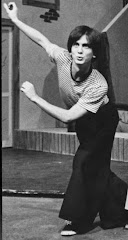 |
| Charles earned a Tony nod as Harry in the ground- breaking musical Company. His karate-chopping partner Barbara Barrie was also nominated. They both lost their awards. |
 |
| Charles met his wife while doing Company. As Amy, Beth Howland introduced the famous "Getting Married Today." |
It's astonishing that two of my favorite musicals have never graced these pages, but we're about to change all that. By coincidence or not, Kimbrough features in each.
 |
| Kimbrough continues to work. A year or so ago, he appeared in the Broadway revival of Harvey, starring The Big Bang's Jim Parsons. |
 |
| "Bathers at Asnières" was Seurat's first major work, and it affords us our introduction to Kimbrough's character, Jules. |
But first we meet Jules and Yvonne, viewing Georges's first work:
 |
| Kimbrough gained some fame during the decade he spent as a regular player in the sitcom Murphy Brown. |
 |
| Murphy Brown's Jim Dial was a throwback to the great generation of newsmen like Cronkite and Huntley/Brinkley. |
The Hunchback of Notre Dame is my favorite of the animated musicals produced during what is commonly known as the Disney Renaissance. Beginning with The Little Mermaid, Disney spent the 1990s reigniting the animated musical feature genre. Hunchback is the darkest of the series of films, which may be why it is my favorite.
 |
| The vocal cast included Tom Hulce, Kevin Kline, Demi Moore, David Ogden-Stiers, Paul Kandel, and Tony Jay. |









































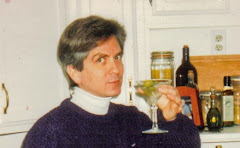
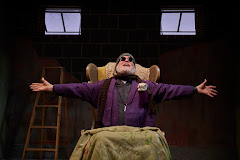




























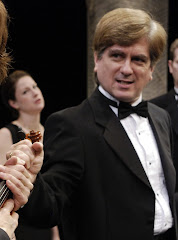
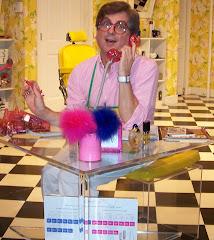
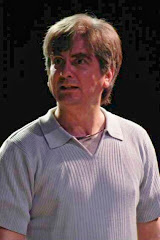
,+Olney+Theatre+Center,+2004.jpg)



,+Shakespeare+Theatre+Company,.jpg)
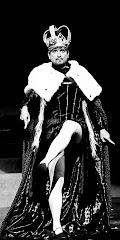

,+Warehouse+Theatre,+1999.jpg)
,+Are.jpg)
,+Everyman+Theatre,2002.jpg)
,+First+Nationa.jpg)
,+Shakespeare+Theatre+Company,.jpg)



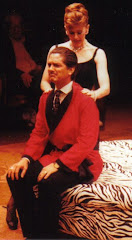

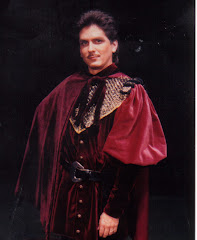
,+Granada+Th.jpg)
,+Globe+Playhouse,.jpg)
,+CSUN,+1976.jpg)
